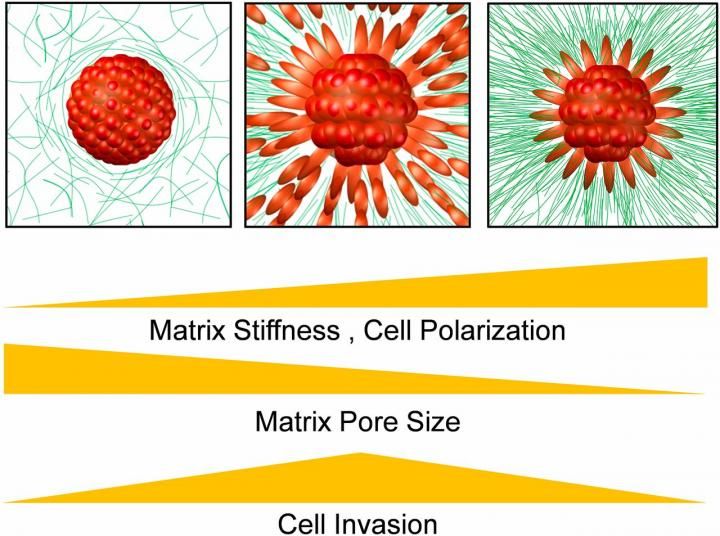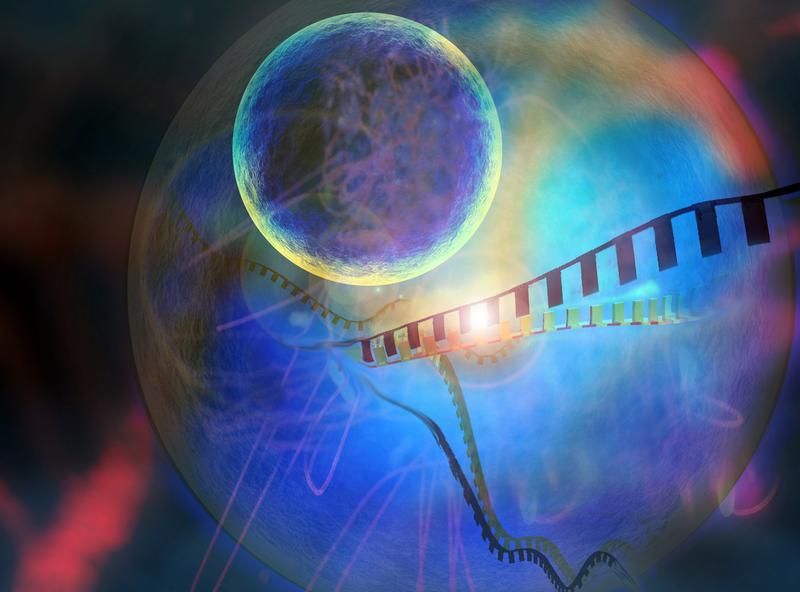Rare disease patients share info on MyGene2 web tool to assist with gene discovery
A new web tool, MyGene2, will enable patients and their families to join clinicians and scientists in the search for genes underlying rare disorders. The sharing of health information also will improve knowledge about how gene variants influence symptoms and other clinical features of Mendelian disorders.

The logo for the MyGene2 web tool for patients, families, clinicians and researchers to share medical and DNA sequencing information to advance the discovery of genes for Mendelian disorders.
Center for Mendelian Genomics/University of Washington
Conditions arising from single-gene mutations are called Mendelian because of their general patterns of inheritance in families.
The UW Medicine Center for Mendelian Genomics at the University of Washington created the web tool mygene2 to offer expertise and an advanced platform for what has been taking place informally on the internet and social media for several years.
Many families and individuals with rare disorders have been trying to connect with others who might have similar problems, who might know of gene mutations that are suspected, and who might be aware of research underway.
"That approach by families has led to some notable successes that are widely circulated in the popular press," said Dr. Michael Bamshad, UW professor of pediatrics and chief the Division of Genetic Medicine, who along with Dr. Debbie Nickerson, UW professor of genome sciences, heads the UW Center for Mendelian Genomics.
Most patient efforts to tap into social media or health-care provider's contacts, however, Bamshad noted, fail to find a match that might lead to solving their genetic diagnosis.
The MyGene2 approach is designed to overcome several obstacles patients and families with rare disorders encounter when posting data in the quest of gene discovery, according to Dr. Jessica X. Chong, acting instructor in pediatrics at the UW and the analysis group lead for the UW Center for Mendelian Genomics.
"To ensure that all families benefit equitably from advances in genomics and medicine," Bamshad noted, "it is imperative to develop user friendly, convenient, secure, inexpensive, and yet powerful ways to efficiently and robustly facilitate mutual sharing of health and genetic data among patients, their families, clinicians and researchers."
Of the more than 7,000 known Mendelian conditions, gene variants have surfaced for only half.
Collectively, Mendelian disorders affect millions of Americans and have high rates of disability and mortality.
Next-generation DNA sequencing has decreased the cost and time for testing of rare-disease patients and their families. Attempts to find the genetic variant for their condition can involve whole genome sequencing or exome sequencing, which is less expensive and looks at only the protein coding regions of the genome.
Biotechnological advances have accelerated the discovery of genes for Mendelian disorders and their translation into clinical diagnostics. From 2005 to 2009 about 166 such genes were reported each year, and from 2010 to 2014 the number jumped to about 236 annually.
Bamshad explained that each gene discovered to underlie a Mendelian condition makes it possible to provide a diagnosis for tens to hundreds of individuals and their families.
"In many cases this ends the 'diagnostic odyssey' of many families, who often have had to wait from five years to thirty years for an accurate diagnosis," Bamshad said. The clinical benefits of an accurate diagnosis might include better medical management.
The results also may point to new therapeutic options or to discontinuing ineffective treatment. In addition, the diagnosis might offer more precise information on genetic risks for other family members and their future offspring, and better testing of relatives who might have the condition or carry the gene.
Despite progress in clinical genomic testing, more than 70 percent of families remain without a genetic diagnosis. In some of these families, one or more plausible candidate genes are identified, but confirming whether any of those are the cause requires expensive, protracted experiments. Researchers refer to single cases of such disorders as an "N of 1," with N standing for the number of families with the condition.
That's why some "N of 1" families have contacted genetic researchers or posted online to the public at large with their child's or their own health information and the candidate genes from their family's testing. If they can find others who are affected, then the odds are better that researchers can establish a genetic cause. Some families have turned to internet posting because their DNA sequencing either came up with no candidate genes or with too many possibilities.
Strict government privacy regulations preclude what medical scientists or clinicians can release about patients or research participants. At the same time, families who want to distribute their own information may not have training in analyzing and presenting medical histories and genetic data. Inconsistencies make it difficult for scientists to compare and interpret information from different families.
The MyGene2 web tool makes it easy for patient and family to submit materials that can be more readily analyzed by researchers and clinicians. It will build a database of medical and physical profiles linked to genetic data, provide ways to share information, and support requests to find families with similar profiles who have the same candidate genes.
MyGene2 uses a software package, called the Bio-LarK Concept Recognizer, that can automatically pull out health-related terms in entries written in everyday language. It then maps these terms to the Human Phenotype Ontology, a standardized vocabulary for describing features of human disease, including birth defects or distinctive appearance. Families also can choose to upload photographs, medical records, and some other types of supportive materials.
The MyGene2 web tool can standardize reports submitted on candidate genetic variants and genes obtained from diagnostic testing or research studies. It can accept raw data from exome or genome sequencing studies. It then organizes the data into a family profile. Families also can enter free-form stories and photographs to expand on their health and candidate gene information.
MyGene2 is public and can be searched by candidate genes, which returns all candidate variants found in a gene. Families, clinicians and researchers who contribute data can see information gleaned from family profiles to start to determine the strength of a candidate gene match and to contact other family profile submitters.
The researchers developing MyGene2 hope that, by democratizing gene discovery for rare diseases, it will empower patients and families to pursue precision medicine care for themselves or their children. The project team also looks forward to MyGene2 building a sense of community for those with rare disorders.























































